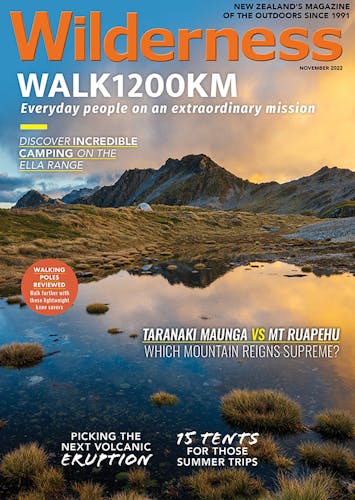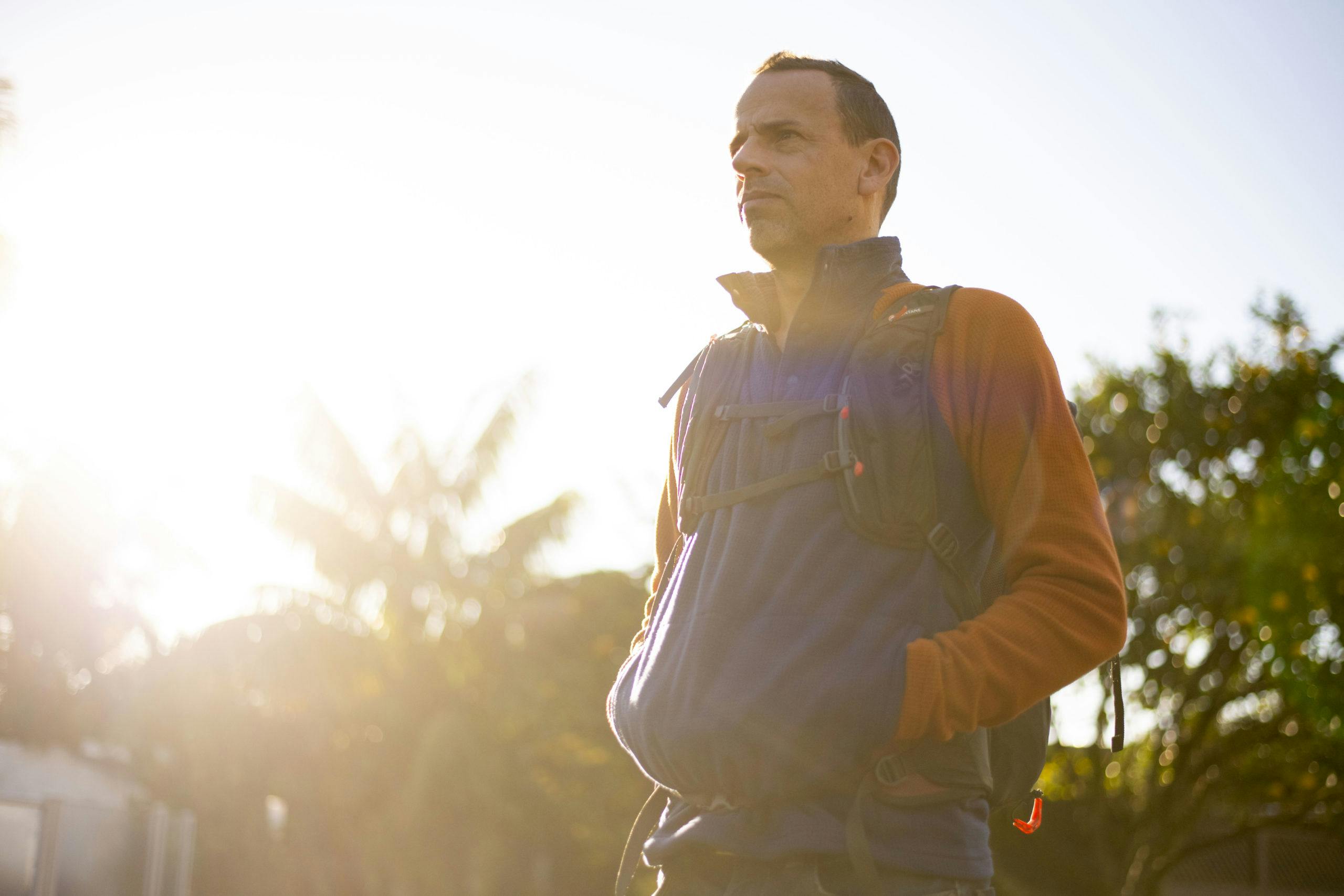A study of 78,500 people has confirmed, once again, the benefits of walking. According to research published in the journal JAMA Internal Medicine, for every 2000 steps taken each day, the risk of premature death could fall by between eight and 11 per cent.
The researchers found that walking more – up to 10,000 steps a day – was linked to a reduction in the occurrence of cardiovascular disease (including heart disease, stroke and heart failure), 13 types of cancer and dementia.
That’s the premise behind Walk1200km; to create a walking habit and to walk more than you currently are. Because, time and again, walking is proven to be the simplest, most effective way to improve health and wellbeing.
We’re into the second year of Walk1200km now, so if you skipped it last time don’t delay – start your journey to a healthier, longer living you today – your (future) kids and grandkids will thank you for it.
I’ve climbed Taranaki Maunga and Mt Ruapehu (both in winter) so feel I can weigh in on our ‘Which is best’ debate (see p18) with my own two cents.
I first climbed Mt Ruapehu during an alpine skills course with Hillary Outdoors. We camped on the Summit Plateau where I suffered through -10°C on a three-quarter-length sleeping mat. But the thrill of knowing we were the highest sleeping people that night in the North Island, possibly the whole country, was compensation enough. And I was completely blown away with the Plateau (perfectly described in the debate as the North Island’s answer to the Olivine Ice Plateau) and our icy descent down Mangatoetoenui Glacier. We traversed the mountain from west to east and it was brilliant.
Climbing Taranaki was also under professional guidance – I didn’t have the skills then (nor now) to accomplish the climb in winter. Unlike with Ruapehu, no chairlifts helped us gain altitude. I puffed from the car park into the snow zone. And from the Razorback it was exposure, all the time. Danger felt ever-present and, despite being roped to my guide, I was scared – a sensation I did not experience on Mt Ruapehu.
But the exposure provided thrill and incredible views, which, for me, were superior to those from Ruapehu.
So, when climbing the mountains (in winter), I think Ruapehu is the mountain to explore and learn the ropes on. Taranaki is more challenging; a place to test yourself once you’ve gained the necessary skills.
There is one way Taranaki Maunga outshines Ruapehu – and I don’t think it’s a close contest. Taranaki, being a near-perfect cone, is a photographer’s dream. For every good photo I’ve seen of Mt Ruapehu, I’ve probably seen 20 better ones of Taranaki Maunga.








